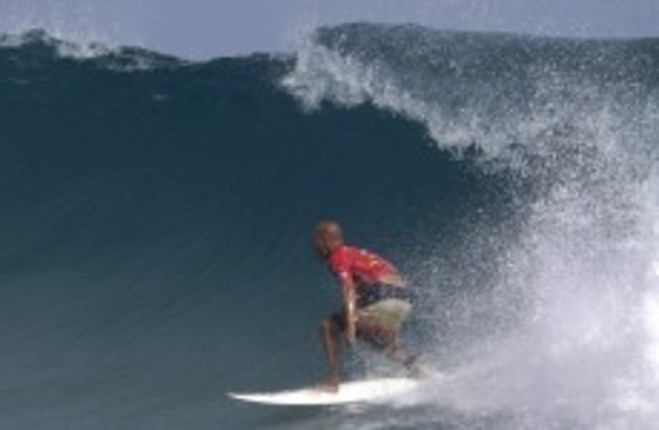Aidan from Bundoran Surf Company explains how to pick the right board for you.
What Surfboard do I need ?
This is one of the questions we get asked most frequently. Everybody has their opinion but the answer is specific to each person. There are a few generalisations which are true but be careful of any advice given as there is a wide range of variables you should think about.
The most important thing is to first ask yourself what you want from the board and then answer a few questions about your surf ability:
your age, height, size, weight and surf fitness are all important, but also how often will you surf ?
Where do you normally surf ? Do you want to surf for fun or do you really want to improve ?
General advice for beginners
It’s often said that the bigger the board the better when learning to surf. However be careful as it isn’t all about how long the board is.
Volume and width are the most important words to be taken into consideration. A board with plenty of volume (about 2 7/8″) is more buoyant and easier to catch waves with. A wide board (about 22″) will also be stable and easy to paddle. Beginner boards normally have a good combination of lengt, width and volume.
Beginners are often told to buy longboards to learn on and while this may work for some often longboards are more expensive and can be difficult to get out the back. Our most common starter board is a 7’10′ NSP for an average sized young adult from 18 to 35.
For those that are lighter/younger/fitter/with some experience/ keen to surf a lot a 7’6′ or a 7’2′ may do. For those that are heavier/older/ have no experience/ may only surf a few times in a year or are keen to catch as many waves as easily as possible an 8’2′ or 8’6′ may be the best option.
People often ask for a board that will last them as long as possible and so are tempted to get a smaller starter board but if they get too small a board they will never improve if they don’t catch waves. Longer boards will help you improve faster and are easier to sell after you have finished with the board.
Advice for moving down from a starter board
This is where things get more tricky and often those looking to get a smaller board take too big a jump and find that they choose a board that is too small.
Often there is a lot of secondhand boards that appear suitable but may be too thin or narrow. What is important to establish here is:
- What have you been riding ?
- How have you been getting on ?
- Where do you want to go with your surfing ?
Sometimes a beginner surfer may want to move on from their starter board but are keen just to have fun and therefore sometimes just buying a different type of board with the same dimensions is enough.
Fiberglass or lighter epoxy boards will often surf reasonably similar to your starter board but as they are lighter they often have more zip and will turn quicker. Be careful though as often this increased performance means the board is more fragile and is more likely to ding. Others will be keen to improve their skills and perhaps surf a smaller board which will allow them to turn faster, duckdive or take on bigger/more hollow waves.
Although again there is no set rule we would be careful of dropping down more than six inches in length. The best idea is to try out a few boards first before buying so you have a better idea of what you want.
We would also be very mindful of the board’s width and thickness. In general width will bring stability and thickness will determine how well the board paddles. Think what are your weaknesses and make sure that the board compensates for them. A weak paddler will need thickness to catch the wave while someone with a slow pop up will benefit from extra width.
Also the types of waves you want to surf will be important. Slower beach breaks such as Rossnowalgh or Lahinch will always be best with longer wider boards while hollower beachies such as Tullan, Streeadgh or Strandhill will allow you to surf slightly shorter and thinner boards.
Most people go for boards that are called fat boy flyers. This is a broad term but in general it means a board that has the overall shape of a short board but has extra width and/or volume. The nose tends to be quite wide on these boards and that allows for extra paddling power. These boards will have much better performance than beginner boards.
Remember this is general advice and take no statement in isolation. We will be posting more blogs on what surfboard will suit you best but if you want personal advice feel free to email us at info@bundoransurfco.com for a free consultation.

